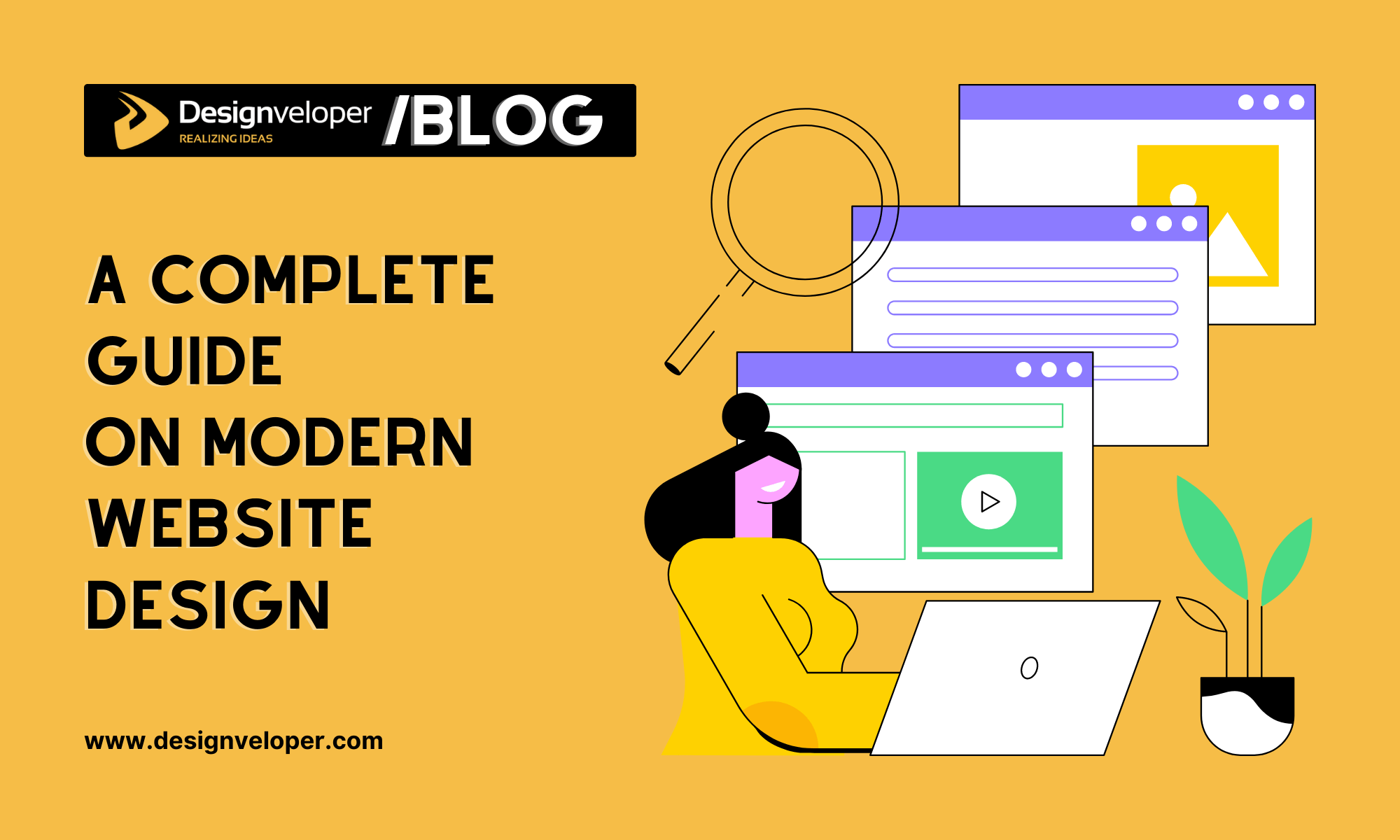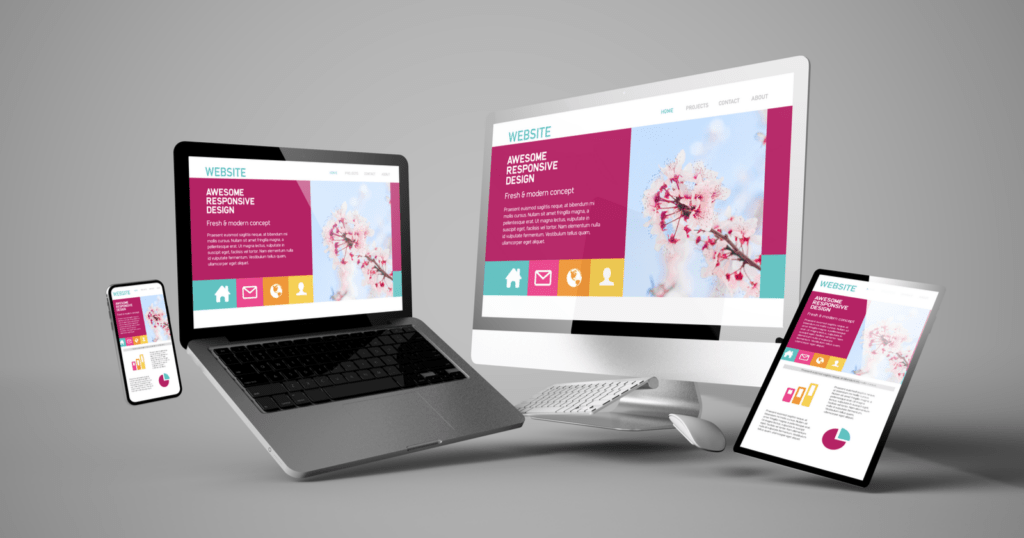Discover the Latest Trends in Website Design in copyright for 2024
Discover the Latest Trends in Website Design in copyright for 2024
Blog Article
Important Tips for Crafting High-Impact Website Styles
In the world of electronic marketing, the design of a website offers as an important touchpoint for involving potential clients. To create high-impact web site layouts, one must consider necessary components such as target market understanding, customer experience, and visual power structure.
Understand Your Target Market
Recognizing your target market is fundamental to effective website style. An internet site that reverberates with its site visitors is often the result of comprehensive research and understandings into customer actions, choices, and demographics. Identifying target users allows developers to tailor material, visuals, and capabilities that satisfy their certain requirements, enhancing engagement and fulfillment.
To efficiently recognize your audience, start by carrying out market analyses to collect information on age, sex, place, and interests. This information offers as a structure for developing individual personalities, which stand for the crucial attributes of your target audience. These personalities guide decision-making in layout elements and content approach, making certain placement with user assumptions.
In addition, evaluating individual habits via tools like Google Analytics can reveal just how visitors communicate with your website. Metrics such as bounce prices and time on web page can highlight areas that need enhancement or modification. Individual studies and responses additionally provide very useful insights into choices and discomfort points.
Eventually, a deep understanding of your audience is not simply useful but crucial. It equips developers to create more pertinent, appealing, and useful websites that promote a favorable user experience and drive preferred end results.
Prioritize User Experience
When designing a web site, focusing on user experience (UX) is vital to accomplishing both customer complete satisfaction and organization objectives. A well-crafted UX makes sure that site visitors can browse the site easily, locate the information they need, and engage with content effectively. To complete this, it is important to take on a user-centered layout approach that involves understanding individual needs, preferences, and actions.
Start by performing complete research, consisting of user studies and usability testing, to gather insights right into just how customers interact with your site. This data should notify layout choices, ensuring that features and layouts line up with individual expectations. Streamlined navigation is vital; site visitors must have the ability to situate details promptly without unneeded clicks or complication.

Finally, make sure that your internet site is accessible to all users, including those with impairments. Sticking to access criteria not just widens your target market however likewise promotes inclusivity. By prioritizing UX, you lay the foundation for a successful website that meets both individual needs and company goals.
Embrace Visual Hierarchy
A well-structured visual hierarchy plays a substantial duty in enhancing individual experience by directing visitors' attention to one of the most important elements of check this a site. By purposefully arranging web content, developers can produce a clear path for users to follow, guaranteeing they involve with necessary info efficiently.

Furthermore, the positioning of elements on the web page is vital. Leading the audience's look with the layout can be accomplished by positioning critical details at the leading or in the facility, where individuals generally begin their aesthetic trip. Integrating whitespace around aspects can also boost clearness, making it simpler for users to refine info without feeling overwhelmed.
Lastly, utilizing typography successfully adds to aesthetic power structure. Various font style designs, sizes, and weights can represent relevance, assisting users via the content flawlessly. By accepting these concepts, designers can develop an instinctive experience that fosters involvement and encourages customers to explore additionally.
Optimize for Mobile
Mobile optimization is crucial in today's digital landscape, as a substantial part of web traffic originates from smart phones. To make sure a seamless individual experience, websites need to be designed with mobile individuals in mind. This entails employing responsive internet layout methods that adjust the layout, pictures, and message to fit numerous screen sizes while preserving functionality and aesthetics.
First, prioritize filling rate, as mobile users typically operate slower networks. Maximize images and decrease code to boost performance. Additionally, navigation ought to be user-friendly; think about applying a streamlined food selection that permits easy access to important pages without frustrating customers.
Touch targets, such as links and buttons, must be appropriately sized, ensuring they are easily tappable without errors. Make certain that kinds this link are mobile-friendly by lessening input fields and using dropdowns where relevant, simplifying the individual experience.
Last but not least, examination your web site across various mobile gadgets and web browsers to identify any kind of problems that may affect use. By focusing on mobile optimization, you not only boost individual satisfaction yet likewise positively influence your website's online search engine position, therefore bring in more visitors and boosting general engagement.
Implement Solid Branding
A distinct brand not only differentiates you from rivals however likewise fosters trust fund and loyalty amongst your audience. This identification should be shown continually across all electronic touchpoints, including your website, social media, and email communications.
Aesthetic components such as logo designs, color plans, and typography play a crucial duty in branding. Choose a color combination that reverberates with your target market and mirrors your brand name personality. Guarantee that your logo is flexible and plainly presented on your internet site, enhancing brand recognition.
Content is equally crucial; your intonation should align with your brand identity, whether it's professional, friendly, or reliable. Involving narration can further reinforce your brand, creating an emotional connection with customers.
Verdict
To conclude, crafting high-impact website designs necessitates a multifaceted approach that encompasses understanding the target market, focusing on individual experience, and accepting aesthetic power structure. Optimization for smart phones continues to be important, alongside the implementation of solid branding methods. By integrating these elements, sites can efficiently engage customers, assist in seamless navigation, and foster psychological connections that enhance brand identification. Eventually, adherence to these concepts adds to the production of efficient and engaging electronic experiences that reverberate with target audiences.
To develop high-impact web site you can find out more layouts, one should take into consideration necessary elements such as target market understanding, user experience, and visual pecking order.When designing a web site, prioritizing individual experience (UX) is extremely important to achieving both customer complete satisfaction and company purposes.Beginning by performing extensive study, including individual studies and usability testing, to collect understandings right into how individuals connect with your website. To guarantee a smooth user experience, internet sites must be developed with mobile individuals in mind.In verdict, crafting high-impact website styles requires a complex strategy that incorporates understanding the audience, prioritizing individual experience, and accepting aesthetic power structure.
Report this page